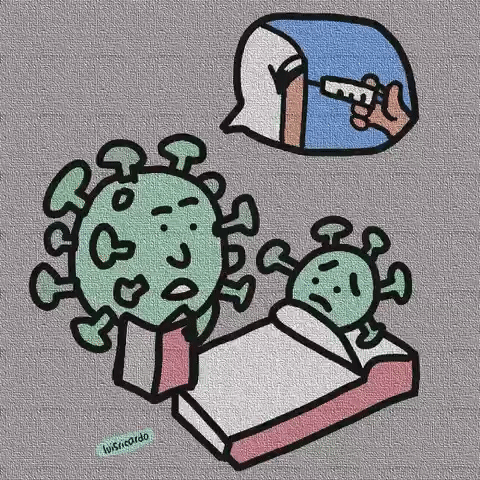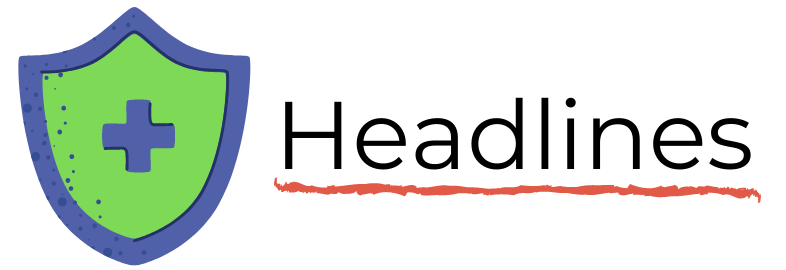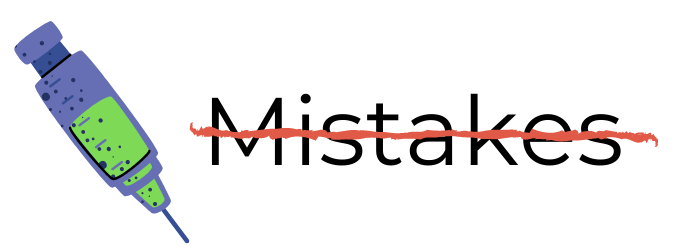Greetings from an undisclosed location in my apartment. Welcome to COVID Transmissions.
It has been 748 days since the first documented human case of COVID-19. 748 is a number that allows me to mention an aircraft not made by Boeing, the Hawker Siddeley HS 748, from British aircraft maker Avro. It was a short-haul prop aircraft in production from 1961 to 1988, by both civilian and military entities. 12 of them are still in civilian use today, if Wikipedia is to be believed.
Happy New Year!
Today we’re going to discuss some hypotheses about why Omicron apparently causes less severe disease, at least less frequently severe disease. Also, an article about where SARS-CoV-2 could go in the future.
Bolded terms are linked to the running newsletter glossary.
Keep COVID Transmissions growing by sharing it! Share the newsletter, not the virus. I rely on you to help spread good information, which you can do with this button:
Now, let’s talk COVID.
A blossoming debate: why the Omicron wave seems milder
Data from multiple countries are now pointing in the direction that the Omicron variant generally causes less severe disease. There was a recent New York Times article that attempts to explain a mounting hypothesis, which I’m calling “this,” as to why, and I would like to provide some insight of my own here.
Here’s the NYT article: https://www.nytimes.com/2021/12/31/health/covid-omicron-lung-cells.html
There are a few key points here that come together to make this hypothesis work:
Omicron variant infections appear to cause less severe disease
This is recapitulated in animal models, where there is less virus found in the lower respiratory tract (the depths of the lungs) and less damage to the lower respiratory tract, than with previous variants
There is an entry factor for SARS-CoV-2 called TMPRSS2, which allows the virus to enter at the surface of cells that express this factor. This entry factor may facilitate infection of the lower respiratory tract, because it is expressed there, and it is not expressed as well in the upper respirator tract (the nose and throat)
Laboratory experimental models suggest that Omicron variant spike proteins do not interact with TMPRSS2 very well, and Omicron may rely on another entry factor called Cathepsin L, the use of which requires a very different entry pathway
In the Twitter thread that I wrote while I was sick, I delved into the entry pathways at play here. Click through for the thread if you’re interested in further reading beyond the scope of today’s issue:

Returning to this particular hypothesis: The thinking here is that SARS-CoV-2 needs to use TMPRSS2 to efficiently infect the lung, provoke an immune response there, and cause the pneumonia and extremely deadly disease that characterizes severe COVID-19.
It’s an interesting idea, and the evidence for it is mounting. It is also similar to some pathogenicity scenarios that are well-characterized in other virus families. In other words, this sounds like a strong possibility. However, it is way too early to tell if this is “the truth,” or merely a part of the truth.
Another point that needs to be made here is that vaccination, which has become widespread in many of the countries that also provide our data on the Omicron variant, efficiently produces long-term antibodies of a variety called immunoglobulin G, or IgG. IgG is a primarily blood-resident antibody that can easily infiltrate tissues like the lungs and provide a protective effect there.
In the upper respiratory tract, where we would be preventing infection in the first place, a different type of antibody is more relevant—immunoglobulin A, or IgA. Currently-available SARS-CoV-2 vaccines do not produce a long-lasting high IgA response. They do produce IgA, and you will have memory cells that can make more when you are infected, but the levels do not stay high. I also discussed this in my thread when I was sick (again, click through if you want a fuller, but slightly tangential, story):


So in this disease-severity scenario, in vaccinated people IgG mediates protection from serious disease in the deep lung, while a low amount of IgA still makes them permissive to infection and possibly mild disease.
This would also explain the milder trend with Omicron variant infections, but it is too early to tell if this hypothesis is correct either. I’m going to call the antibody hypothesis “that.”
There is also the possibility of some unknown cause of the mildness effect. That one isn’t even a hypothesis yet. I’m going to call it “the other thing.”
So between this, that, and the other thing, I’m not sure what’s going to be the reason for the apparently milder trend with Omicron variant cases. And, of course, there’s a final possibility: that it’s some combination of several different factors, and “the truth” is some combination of these, and maybe some other ideas.
If past experience in virology is worth anything, this idea that there are multiple things going on that all make their own individual contribution to the effect sounds like the one that I’d bet on. I feel like with viruses, the story is never as simple as one explanation.
Where does the virus go in 2022?
Nature magazine has an interesting piece that aligns with some views I’ve shared in the past, about the potential future direction of evolution of the SARS-CoV-2 virus, and what this could mean for all of us. I think it’s worth reading, and not just because it agrees with ideas I’ve expressed before: https://www.nature.com/articles/d41586-021-03619-8
On the other hand this thing was written on December 7th, and Omicron continues to yield new and interesting facts about itself while it causes infections worldwide. We will be in for some surprises—I hope they are generally surprises that turn out for the better.
What am I doing to cope with the pandemic? This:
Wringing in the New Year
The end of 2021 came to me with the wish that we could just put an end to this damn pandemic.
On the other hand, I want to point out the amazing things that have happened to bring us to 2022, pandemic-wise:
The human species vaccinated almost 50% of its members against COVID-19, at least to some degree, providing a high degree of protection against many severe and permanent outcomes of the disease.
A variety of new antivirals have been developed that offer substantial defenses against severe disease and death
Our understanding of the virus led to safe protocols for holding major social events again and for businesses reopening and operating for long periods of time without widespread, major disruption due to the disease
Much as 2021 felt in many ways terrible, I really do believe it was a big step up from 2020 in our fight against COVID-19. We are now acting more proactively than reactively, and I think that’s moving us towards a better situation. Yes, we’re in the midst of an unprecedented surge in many places that is very serious, but we greet that surge with more tools than we’ve ever had to maximize success in as many disease cases as possible.
I’d be lying if I didn’t say I am concerned about 2022’s prospects, but I also think we have reasons to be hopeful.
Carl Fink shared a story about another vaccine being developed, this one in Turkey, that I found interesting:
Here's something that got zero coverage in the USA (that I saw): Turkey has approved its homegrown TURKOVAC COVID-19 vaccine. Apparently, it's yet another inactivated virus vaccine. No data has been published about their phase 3 trial, according to https://clinicaltrials.gov/ct2/show/NCT04942405
Based on Chinese and Russian precedent, you'd think it will be less effective than (to tie it together) any of the ones Biological E is making. Since CORBEVAX isn't patented, they could start working on a production line tomorrow.
You might have some questions or comments! Join the conversation, and what you say will impact what I talk about in the next issue. You can also email me if you have a comment that you don’t want to share with the whole group.
Part of science is identifying and correcting errors. If you find a mistake, please tell me about it.
Though I can’t correct the emailed version after it has been sent, I do update the online post of the newsletter every time a mistake is brought to my attention.
No corrections since last issue.
See you all next time. And don’t forget to share the newsletter if you liked it.
Always,
JS





